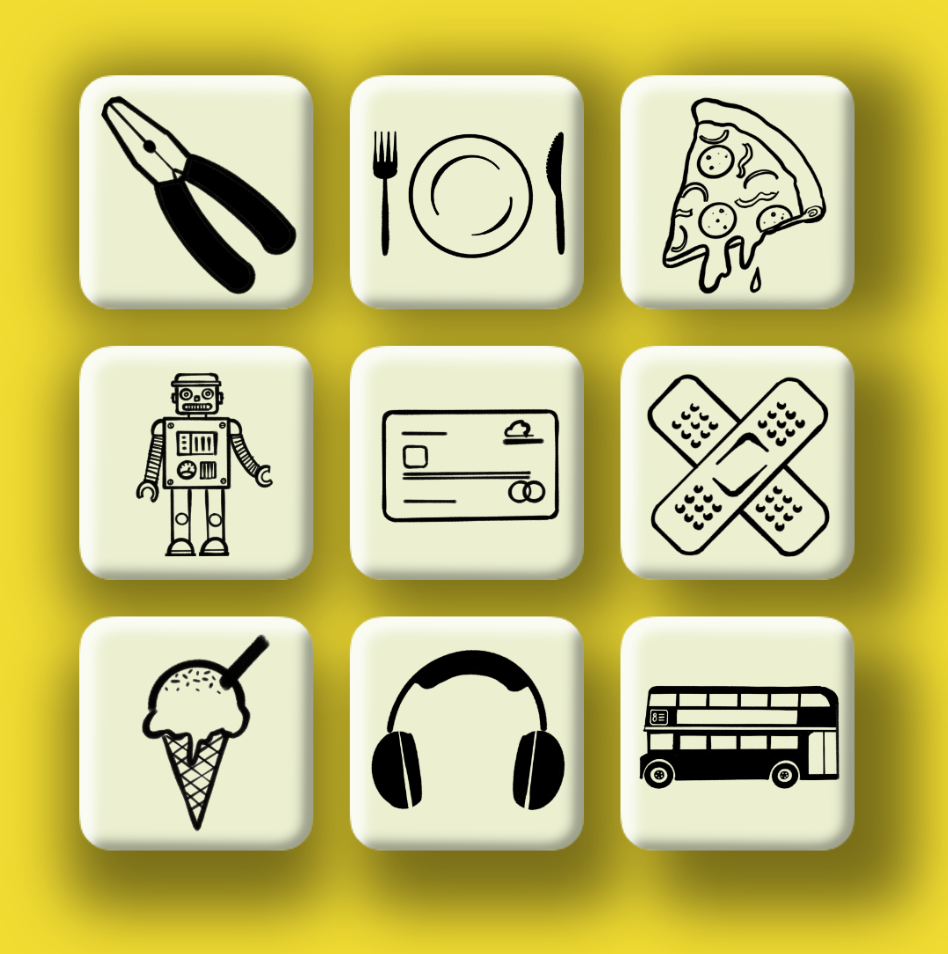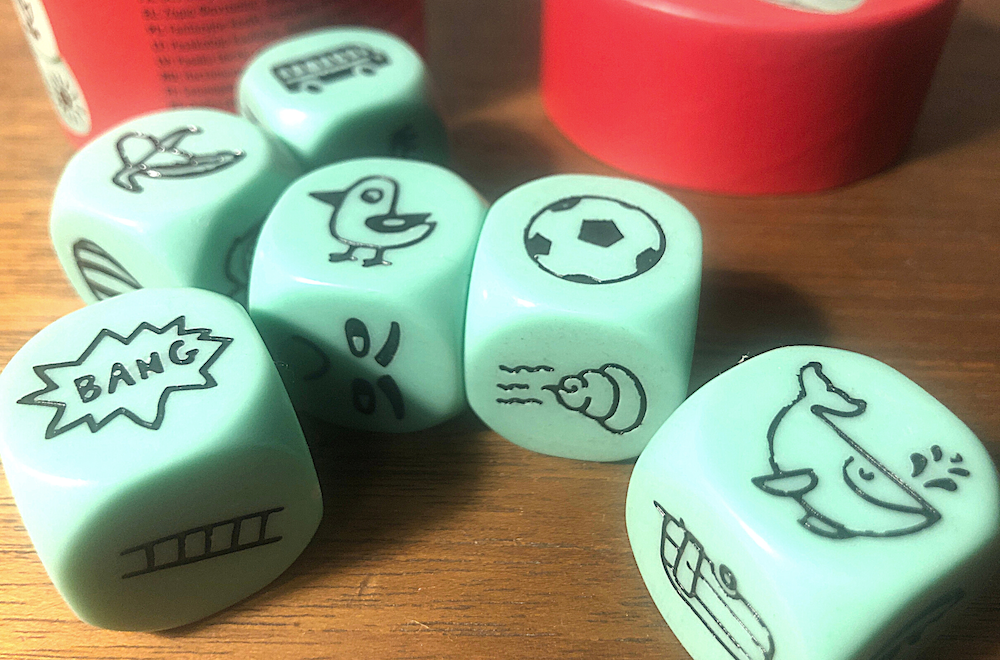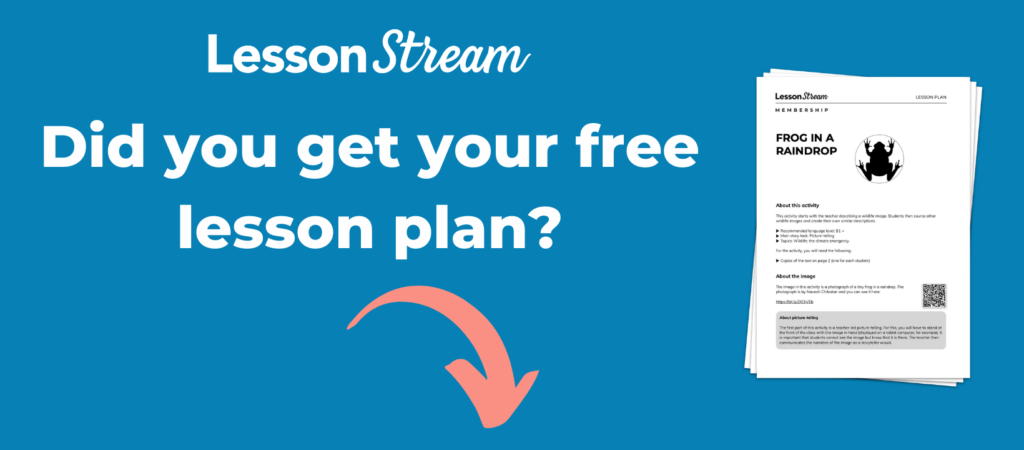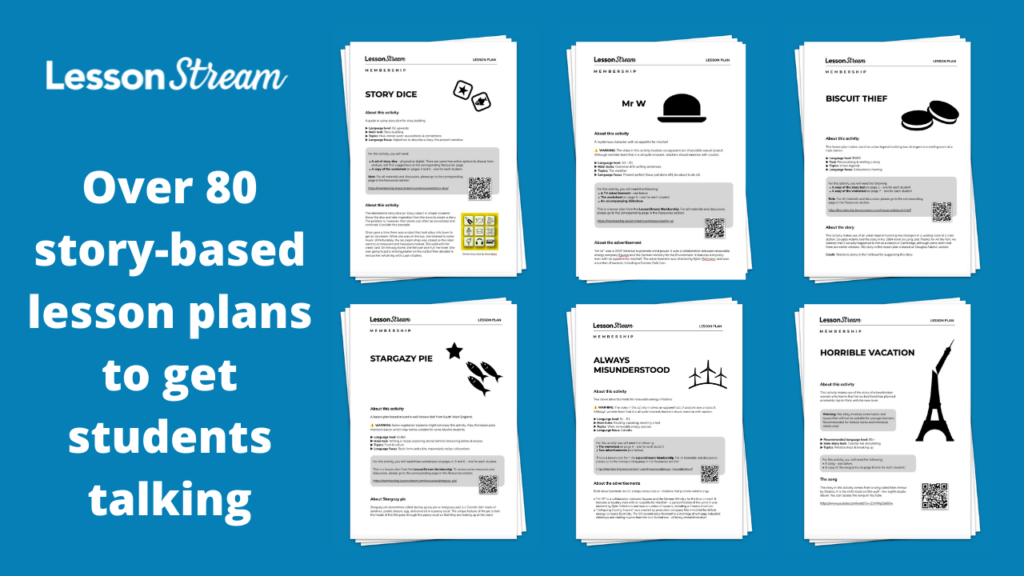The idea behind story dice is simple: students throw the dice and take inspiration from the icons to create a story. One of the great things about story dice is that they require minimal teacher input. But minimal input does not mean zero input. Without any instruction or guidance, the resulting stories can seem contrived and lacking causality. In this post we explore how to use and how to get the most out of story dice.
Are children natural storytellers?
In this column for the Guardian newspaper, author Tim Lott wrote:
"People say children are natural storytellers, but this is not at all true, any more than it is of adults. Or rather, they are not naturally good storytellers. Most stories by children, although they may be charming, are boring because they are just one unconnected event after another. In other words, they make no sense and have no direction, causality or point."
To give you an example of a story that “lacks direction, casualty and point”, here is one that I prepared earlier, using Dave Birss’s free online story dice as a prompt.
Once upon a time there was a robot that took a bus into town to get an ice cream. While she was on the bus, she listened to some music. Unfortunately, the ice cream shop was closed so the robot went to a restaurant and had pizza instead. She paid with her credit card. On the way home, she fell over and hurt her knee. She was going to put a sticking plaster on the cut but then decided to remove her whole leg with a pair of pliers.

A missed opportunity
Stories create meaning through chains of connections and associations. But in my story, many of the ideas seem random and unconnected. Ideas pop up for no apparent reason and are instantly forgotten. There is a disregard for cause and effect which is fundamental to storytelling.
You can probably see why this has happened. I have been a slave to the dice. Rather than create a good story, I have been more concerned with making the icons fit together like random jigsaw pieces.
But it doesn’t have to be this way. Story dice actually provide teachers with a valuable tool for teaching some basic principles of how stories work. We can use story dice to prime students for better storytelling.
Here are four simple suggestions.
1. Room for improvement: Show students my story about the robot without telling them where it came from or how it was created. Invite them to be critical of it. Here are some possible critical comments:
- The story is a bit strange.
- It is unnatural.
- The different actions and events are not connected.
- It doesn’t flow.
- It doesn’t make sense.
- It has a bad storyline / plot.
- There is very little cause and effect.
- It’s a bit random, convoluted and contrived.
2. Associations: When creating stories from story dice, we don’t have to take the icons literally. We can ask students to take a metaphorical approach to what they see. For example, a light bulb could represent a light bulb. But it could also represent the act of turning on a light, electricity, a person being cured of blindness, a firefly, Thomas Edison, or an idea. Encourage students to spend some time looking at each icon and consider possible associations for each one.
3. Connections: Once students have explored what the individual icons could mean, they can start to look for connections between them. Ask students to connect two or three dice and create an idea that is central to their story: a protagonist with a problem to be solved, a desire to be fulfilled or a conflict to be resolved; a story about a fish that has always dreamed of being an astronaut, for example.

4. Inspiration from the icons: Finally, ask students to look carefully at the rest of the icons, refer back to the associations they made, and identify more things, people, objects, places, ideas, utterances and actions to be incorporated into their short stories. Importantly, students do not have to be limited to icons on the dice. Not do they have to make use of all the icons.
Conclusion
It can be easy to create bad stories from story dice. Without any instruction or guidance from the teacher, stories can seem contrived and lacking causality.
On the other hand, story dice provide us with a valuable classroom tool for introducing some basic storytelling principles and ideas and these include the following:
- Creating personal associations and recognising symbolism in stories
- Stories create meaning through chains and webs of connections
- Causality (i.e. cause and effect)
- Conflict and resolution
About LessonStream
LessonStream is a community of supportive teachers with a passion for story and storytelling in the classroom. Members get instant access to:
- The lesson plan library: with over 80 story-based activities (including “Story dice”) with a new one added most weeks.
- The LessonStream Story Course: Click here to find out more
- The Fishbowl: our online community of supportive teachers




